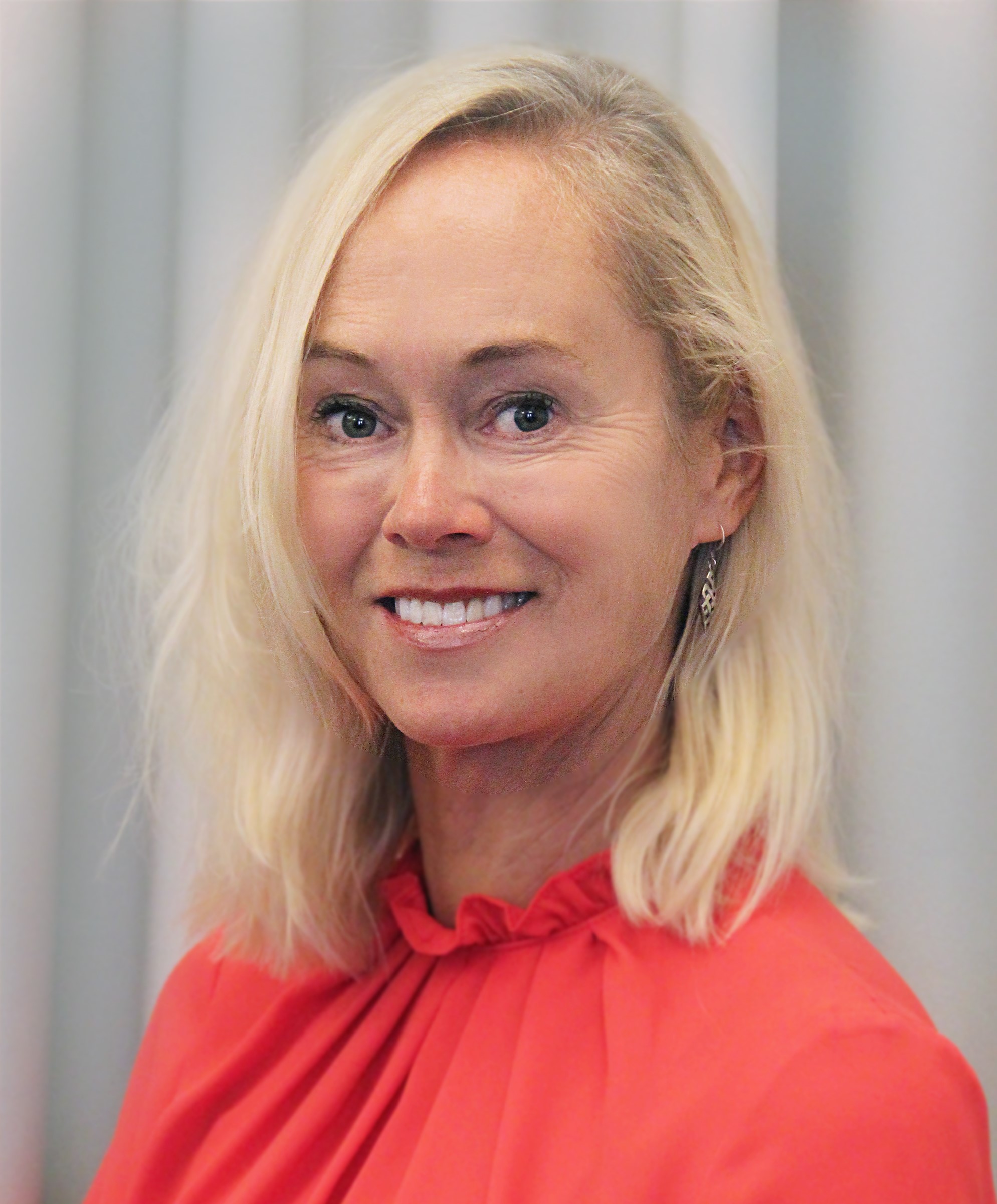PERSPECTIVES
The Gulf of California is confronted with grave perils stemming from pollution generated by the productive activities transpiring in the adjoining basins. This study posits the implementation of a source-to-sea approach, aiming to comprehensively grasp the intricate interplay between inland and marine waters. To this end, an active investigation into the ramifications of shrimp farming in Bahía de Kino, Sonora, is underway. While aquaculture furnishes substantial economic and food security advantages, it also engenders pollution and necessitates substantial water usage. Addressing this predicament necessitates a solution that contributes to enhancing production practices by means of technology adoption and the active involvement of individuals. Hence, the primary objective of this project entails the development of a demonstrative initiative concerning the utilization of biofloc technology, which serves to curtail water consumption and pollution by facilitating the establishment of a transfer program to foster the implementation of said technology. The anticipated outcomes encompass a discernible reduction in the influx of contaminants into the sea, thereby safeguarding the marine ecosystems within the Gulf of California.
This is how I came up with the idea for this project:Oceanic and continental waters have been studied separately for a long time. We decided to implement the source-to-sea approach to assess the impact of aquaculture in an integral way to promote technology transfer and understand the environmental impact caused by this activity in the Gulf of California.

Programme manager ania.andersch@siwi.org +46 8 121 360 59